Many holiday traditions evoke fond childhood memories, but none quite like the Persian celebration of Norooz (New Year).
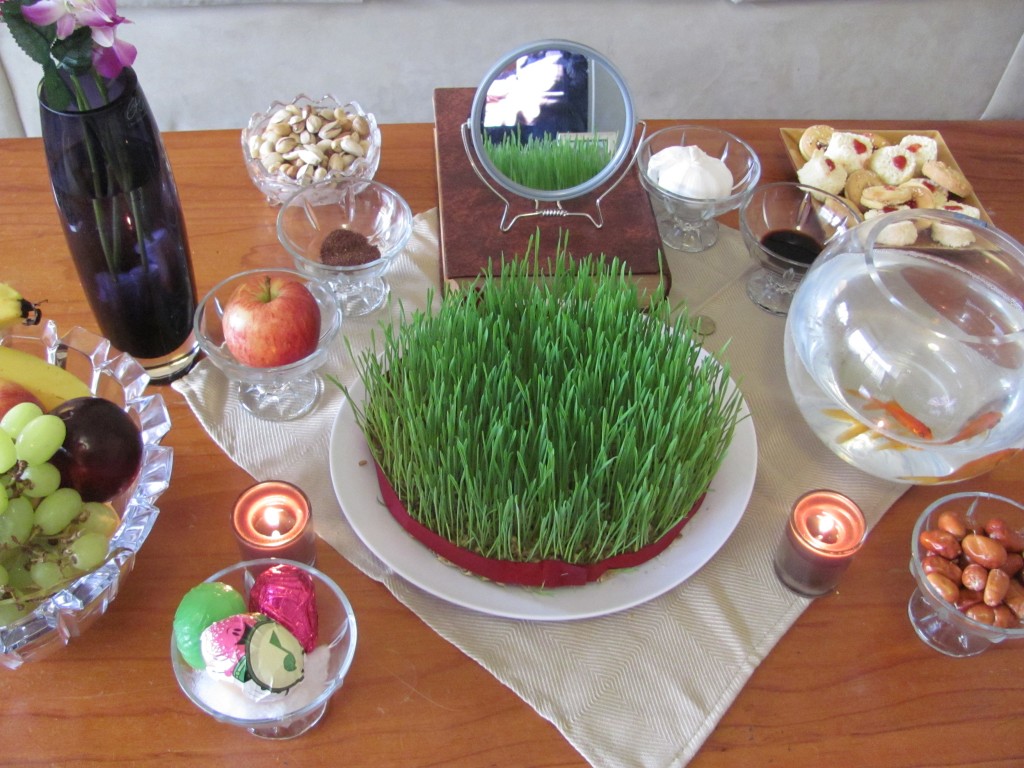
The year is 1391, or 2012 in the Western calendar, and we’re just hours away from Persian New Year (Norooz), which also coincides with the first day of Spring in the Northern Hemisphere. But from where I stand, there are no blooming flowers, no regrowth, no celebratory display of having survived a long, snowy winter. Not even a sense of a warm breeze fluttering through the open air. No. From where I stand, on the balcony of my Sydney home, there’s just the lonely rustle of the tumbling leaf on the pavement below, and the eerie cackle of a laughing, almost mocking, kookaburra, perched on the gum tree. There, on that balcony, there’s no sense of Norooz. It would seem just an average afternoon in Australia on a cool Autumn day.
Inside the house, my brothers are playfully arguing over who’s next on Angry Birds. Dad is meandering around the house looking for something to fix; and Mum is in the next room, chopping, rinsing, steaming and frying her New Year feast. In front of me just a couple of metres away there’s a small mirror perched on the majestic cloth-lined table, the sofreh. I catch a glimpse of my reflection, and I take a minute to admire my new floral dress, with the scalloped hem that flows and ruffles every which way, which I had purchased especially for this Norooz occasion.
I walk closer to the sofreh, and spot the luscious green grass, sprouting unknowingly from the ordinary dinner plate. Gazing at the grass, the sabzeh, I feel an overwhelming rush of spring through my veins. Then, my eyes scan across the table and I see seven enigmatic, yet strangely familiar objects in small patterned glass bowls. And I feel a celebration brewing. I look down again, and see the large water-filled glass bowl, and observe the tiny goldfish swimming around in his new home.
Suddenly, Mum yells out Food is ready! and emerges triumphant from the kitchen with her hands around a large platter of Persian-spiced fish. The aroma lures my family into the dining room. Mum heads back into the kitchen and reemerges with kuku sabzi and sabzi polow. This time, the unmistakable scent of freshly chopped and cooked herbs, the smell of spring, weaves its way into every corner of the house.
Just as we sit down for our Norooz feast, my youngest brother, aged less than 10 years old at the time, sings out Waaiiitttt! I want to name the fish!
He points to the sofreh, suggesting he wants to name the goldfish, not the cooked fish on our plates.
What should we name him, then? I ask.
He averts his eyes to the ceiling, then down, then back at us. Only when he is certain he has our full attention, he gleefully shouts PLONK!
And with that declaration, the haft sin, the Table of Seven S’s, comes magically to life. The goldfish is no longer a ceremonial adornment, but a new member of the family. And our home, set amid an Australian autumn, is now filled with the true meaning of a real spring, a new day, a Persian New Year.
The Table of Seven S’s (or haft sin) is a lavish table setting whereby each item starting with “S” bears special significance in the new year.
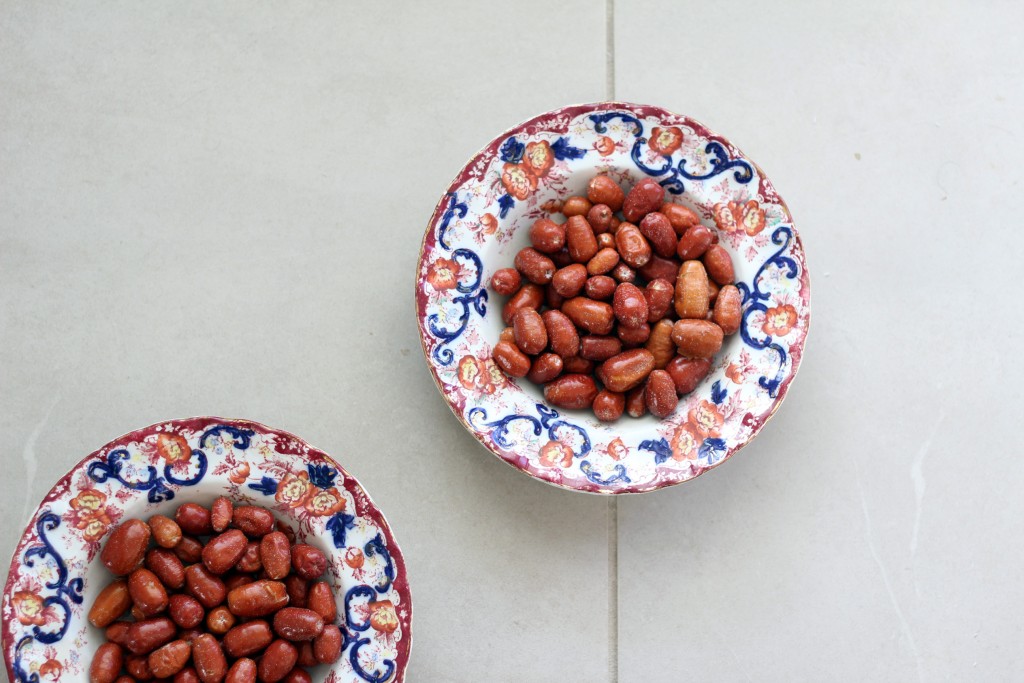
SENJED (pictured above), for example, is a dried fruit of the oleaster tree that is placed on the table to symbolise love. And SAMANU (not pictured here), a sweet pudding made of wheat germ, to symbolise sweetness in life.
SIB (apple), is placed on the table to symbolise beauty and health. Outside of Norooz, a bowl of fresh fruit is always the centrepiece in any Persian home.
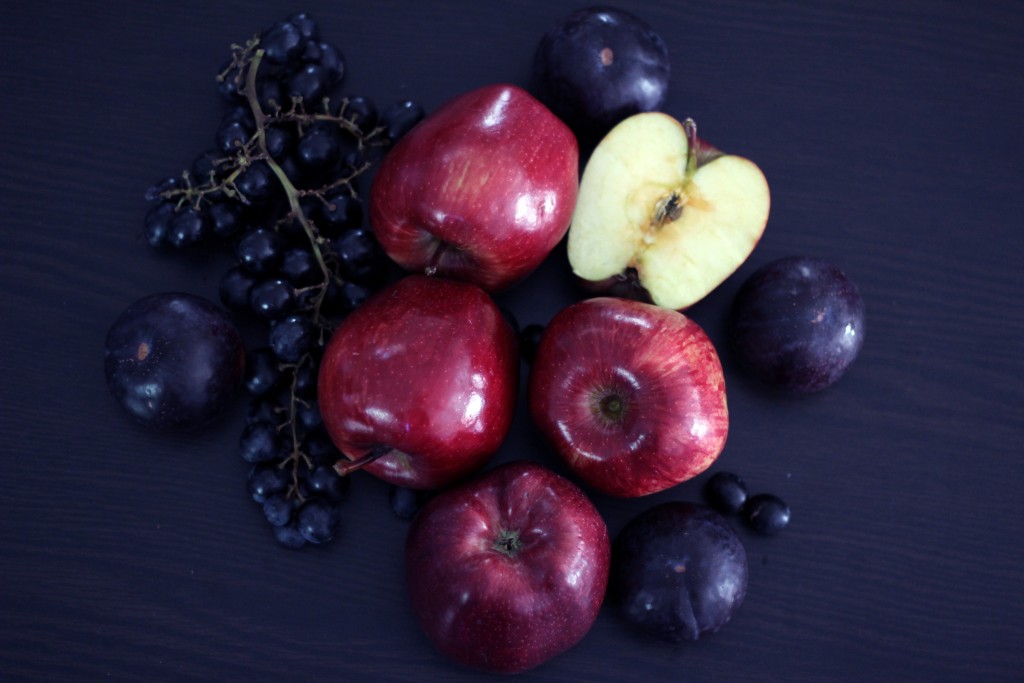
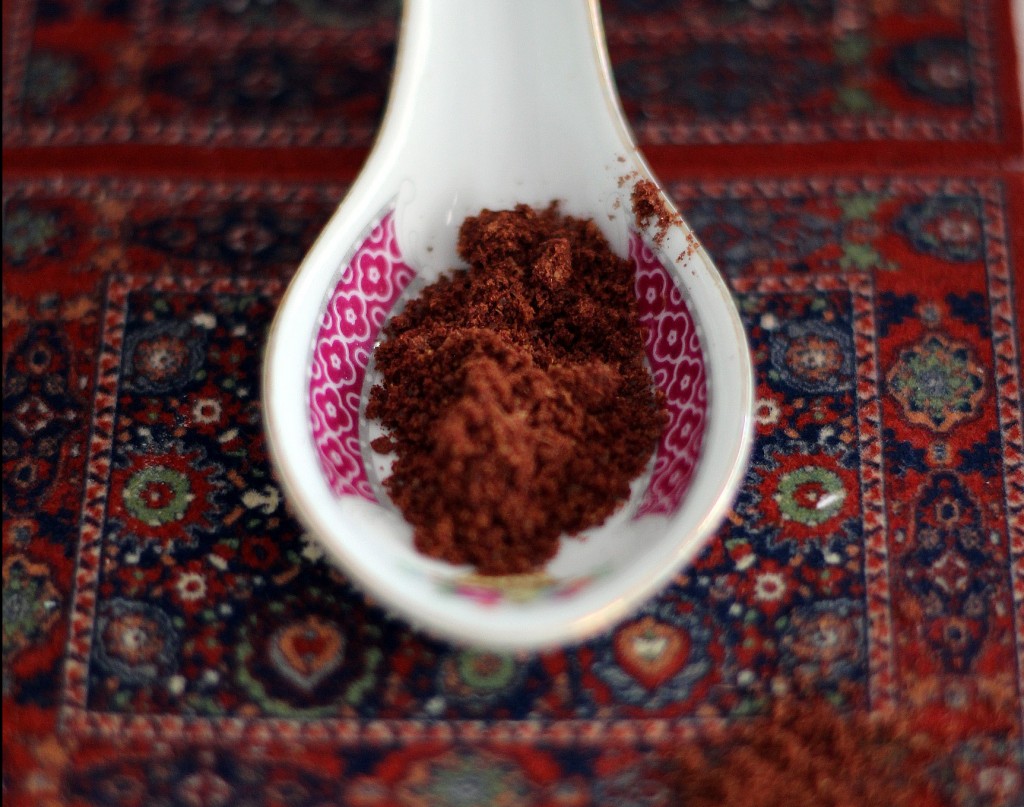
Another item on the haft sin table is SOMAQ, a slightly tangy spice made from the sumac fruit. Persians use somaq as a seasoning over kebab skewers and Persian rice. It has a special place on the Table of Sevens, symbolising the seductive glow of sunrise.
SEER, or garlic in English, is another item in the Persian Table of Seven S’s. Why? Garlic symbolises medicine, but of course.
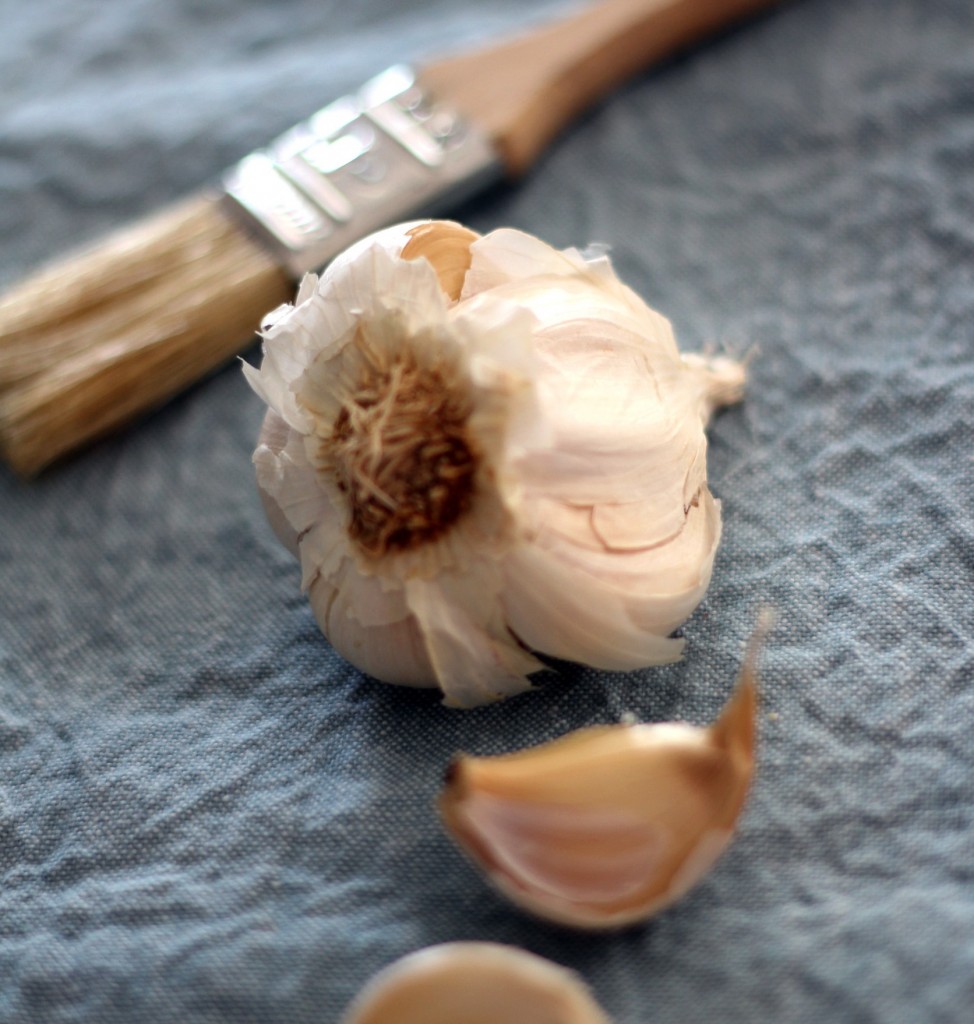
SERKEH (vinegar) is poured into a bowl or glass to symbolise longevity and patience. It is often said that the original item in Zoroastrian times was wine, sharab, however this was modified to vinegar in Muslim households.
And finally, SABZEH, or sprouts, usually wheat or lentil. The seeds are prepared in a dish 2-3 weeks prior to Norooz, and once the dish is sprouting with lush green, it is placed on the haft sin table to represent rebirth and new beginnings. Sabzeh is the centrepiece of the haft sin table. (See our post on growing your own sabzeh).
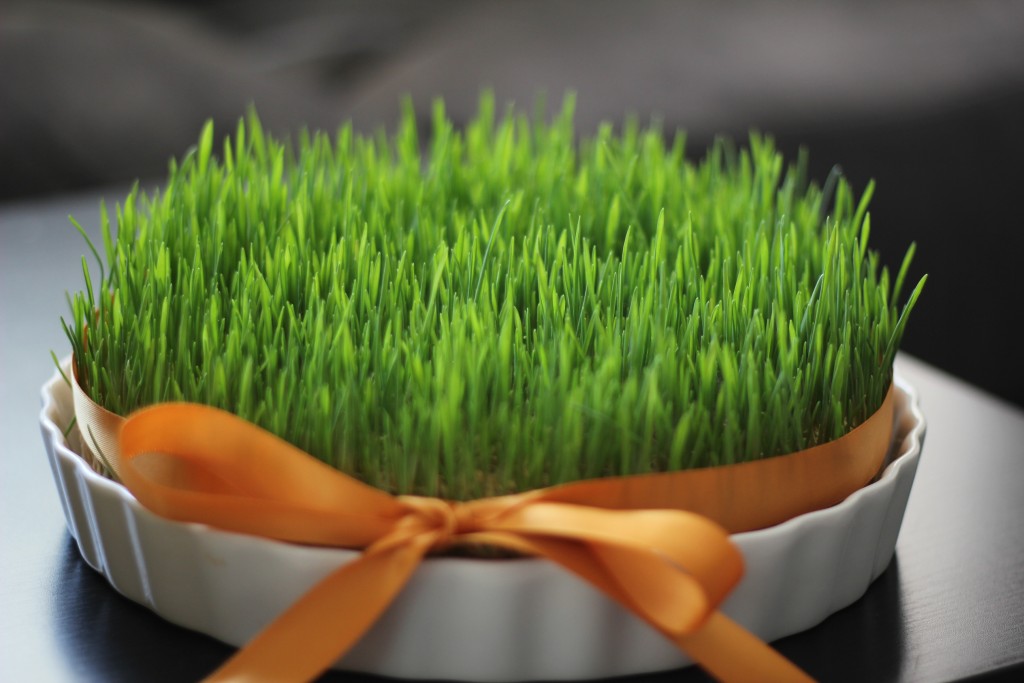
You will notice, often, there are other unofficial items placed on the Norooz table or cloth (sofreh), including:
Coins, representing prosperity and wealth;
Painted eggs, representing fertility (See our post on decorating eggs);
Rose water, representing cleansing power;
Hyacinth flower, representing the coming of Spring;
Mirror, representing self-reflection;
Candlesticks, representing englightment;
And of course, the goldfish (Plonk!), representing life.
All images ©Maman’s Kitchen
HAVE YOU SUBSCRIBED TO OUR FREE NEWSLETTER YET?
SIGN UP TODAY FOR SNEAK PEEKS & DELICIOUS RECIPE IDEAS DELIVERED STRAIGHT TO YOUR INBOX.


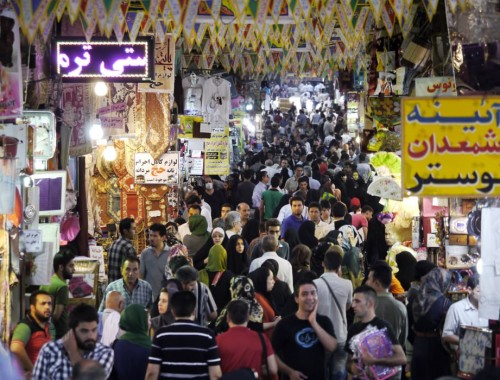

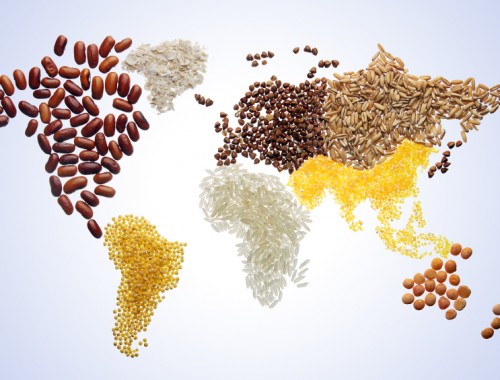
5 Comments
Asheghe Norooz am. <3
Thank you for sharing this story! I always find it so interesting to read about other cultures 🙂
Thanks, Berta. I’m glad it was of interest. Happy Norooz!
Mahsa x
Oh what an amazing story! I love your voice. I wish I had remembered earlier to ask you to join our persian food blog round up for Norouz. But we’ll make it up for the next celebration 😉
Love
Saghar
Thanks so much, Saghar. What a lovely comment 🙂
Yes, please keep us in the loop, we’d love to get involved. My email is info @ mamanskitchen.com
Mahsa